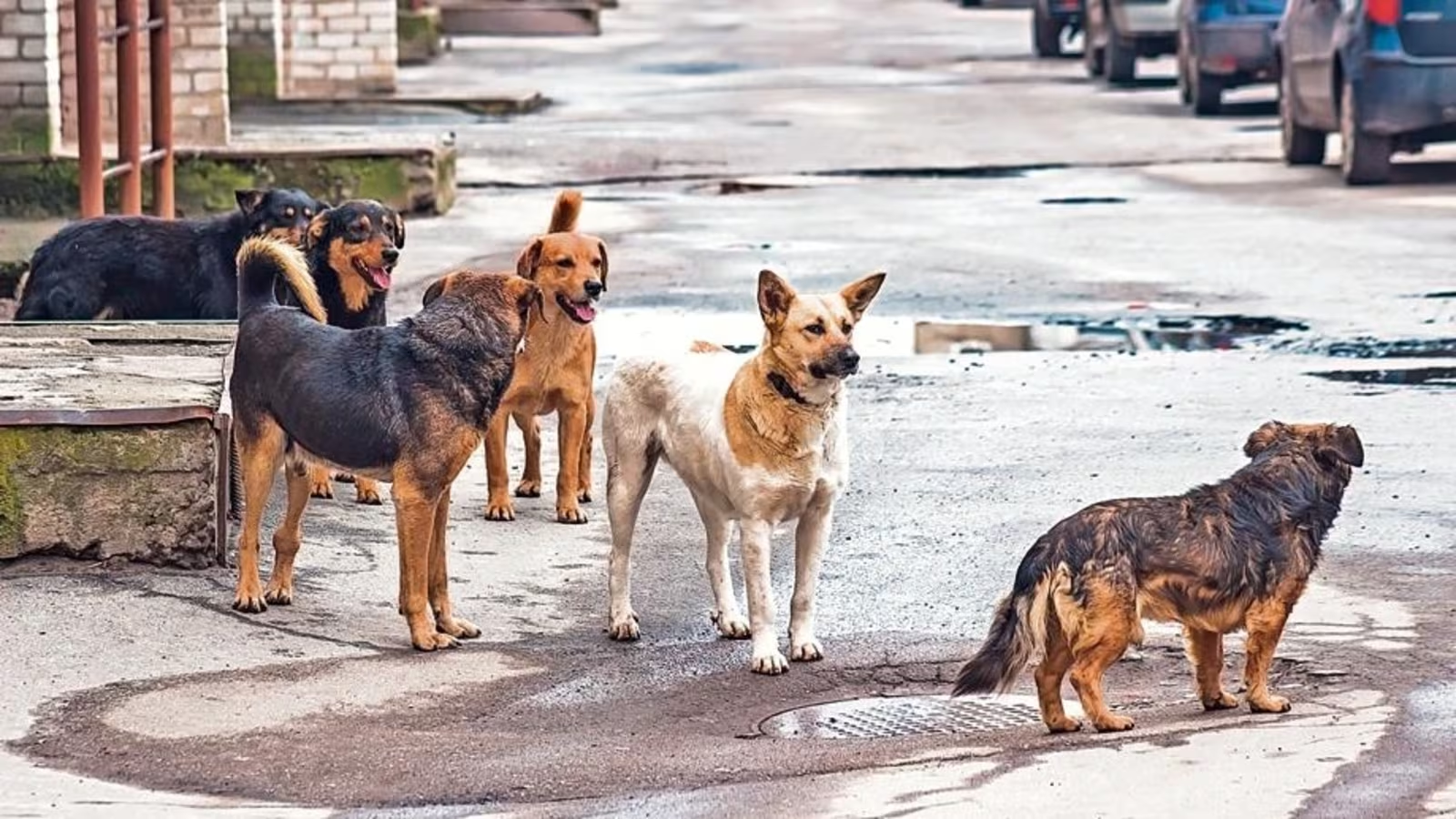Stray dog attacks increasing in India
The issue of increasing stray dog attacks in India is a complex and multifaceted problem influenced by various factors. Here are some contributing factors and potential reasons for the rise in stray dog attacks:
Reason for attacks
- Overpopulation: India has a large population of stray dogs, estimated to be in the tens of millions. Rapid urbanization and migration from rural areas to cities have led to an increase in the stray dog population, often due to abandonment or uncontrolled breeding.
- Lack of Sterilization and Vaccination Programs: In many parts of India, there is a lack of effective sterilization and vaccination programs for stray dogs. Uncontrolled breeding contributes to population growth, while the absence of vaccination programs increases the risk of diseases such as rabies, which can lead to aggressive behavior in infected animals.
- Poor Waste Management: Improper waste management, including open garbage dumps and uncollected waste, provides a food source for stray dogs and encourages their presence in urban areas. It also creates conditions for the spread of diseases and increases the likelihood of human-dog conflicts.
- Limited Animal Control Measures: Many cities and municipalities in India lack adequate animal control measures to address the issue of stray dogs effectively. The absence of organized efforts for population control, removal of aggressive dogs, and implementation of leash laws contributes to the persistence of the problem.
- Lack of Awareness and Education: There may be a lack of awareness among the general public about responsible pet ownership, including the importance of sterilization, vaccination, and humane treatment of animals. Education campaigns and community outreach programs are essential for promoting responsible behavior and reducing human-dog conflicts.

stray dogs attack in india
General Reasons for dog bites
- Territorial Defense: Street dogs may perceive humans or other animals as intruders in their territory and may bite to defend their territory.
- Fear and Aggression: Street dogs often face harsh and unpredictable environments, which can lead to fear and anxiety. When feeling threatened or cornered, they may resort to aggression, including biting, as a means of self-defense.
- Protection of Resources: Street dogs may become possessive of limited resources such as food, water, or shelter. If they feel that these resources are being threatened or taken away, they may lash out defensively, resulting in biting behavior.
- Pain or Illness: Dogs in pain or suffering from an illness may exhibit aggressive behavior, including biting, as a response to discomfort or distress.
- Lack of Socialization: Street dogs often lack proper socialization with humans and other animals during critical developmental stages, leading to fear or mistrust of people. Without positive interactions with humans, they may perceive them as threats and may resort to biting as a defensive reaction.
- Previous Trauma: Street dogs may have experienced abuse, neglect, or traumatic events in their past, which can lead to behavioral issues such as fearfulness, anxiety, and aggression, including biting.
- Pack Dynamics: Street dogs may form loose social groups or packs for survival. Within these groups, there may be competition for resources or hierarchical disputes that can escalate into aggressive encounters, including biting.
- Lack of Training and Handling: Street dogs typically do not receive formal training or proper handling by humans, which can contribute to behavioral problems, including aggression and biting.
